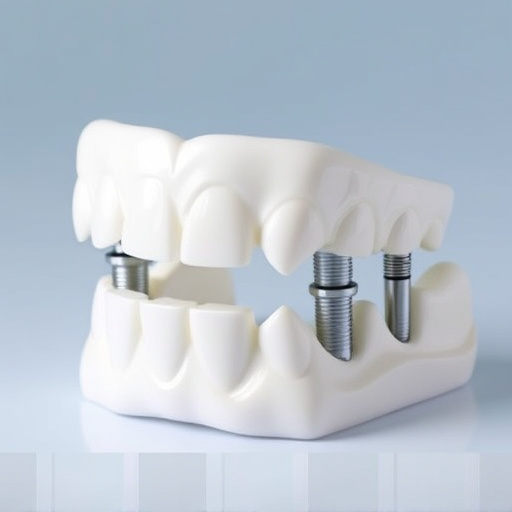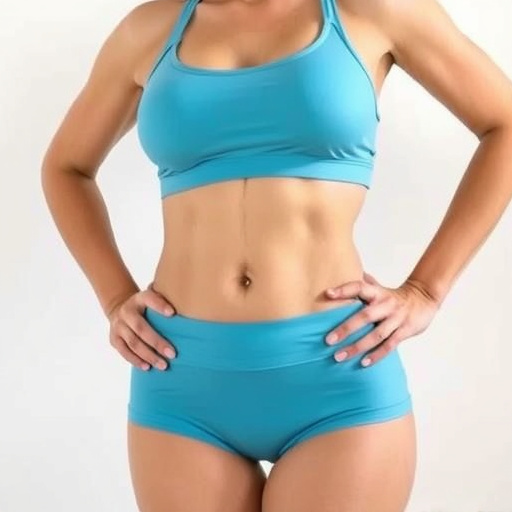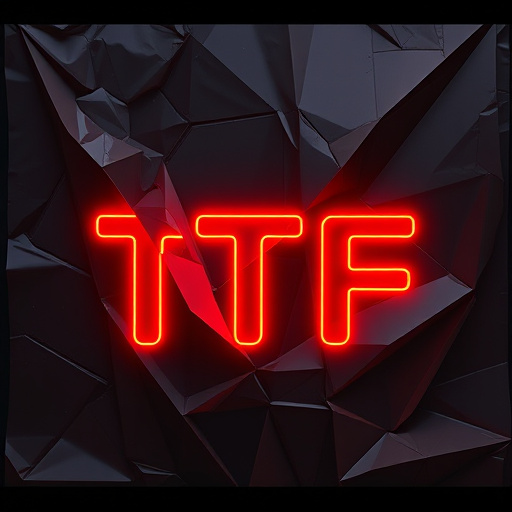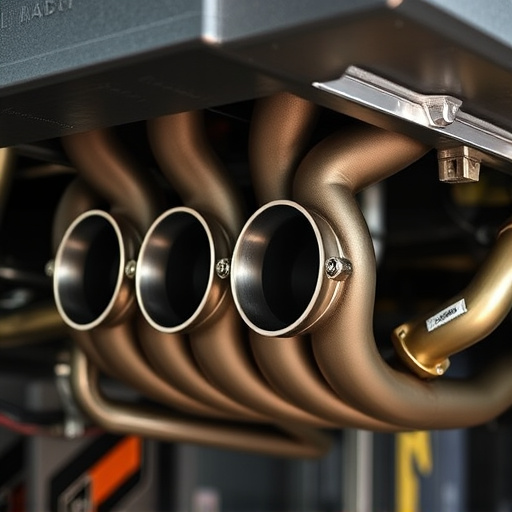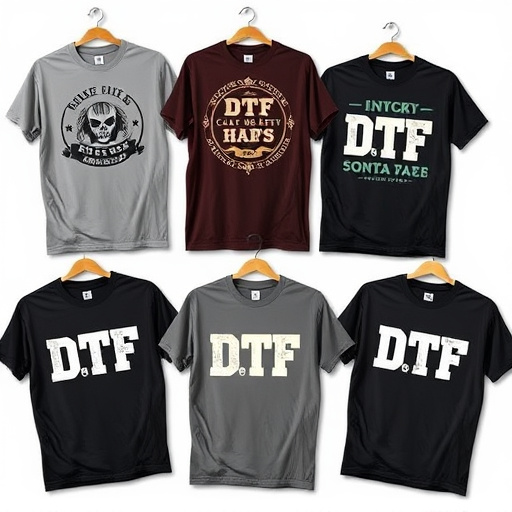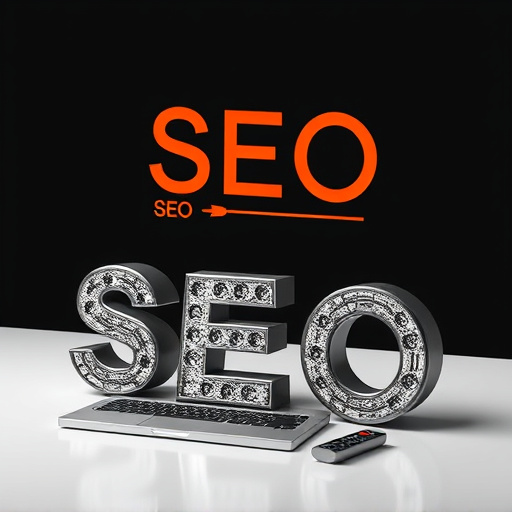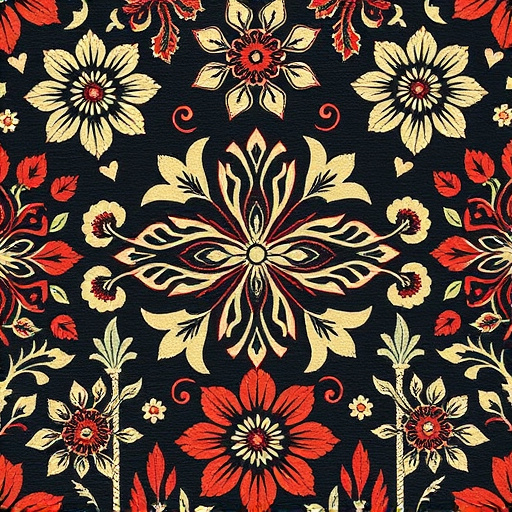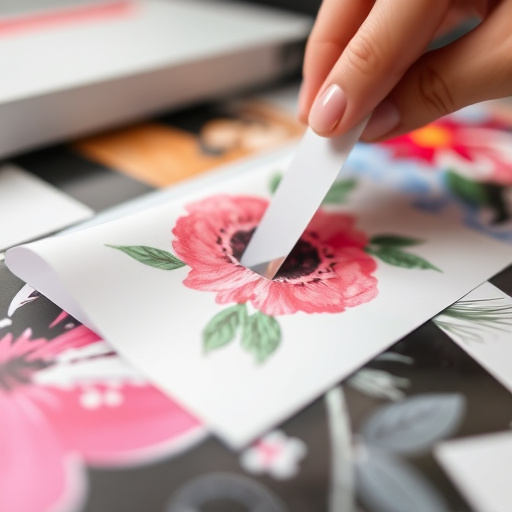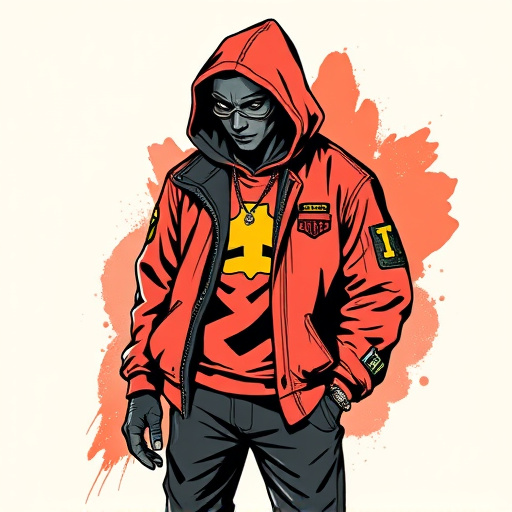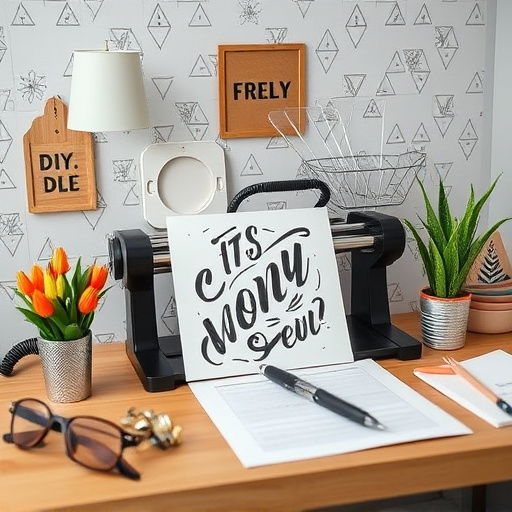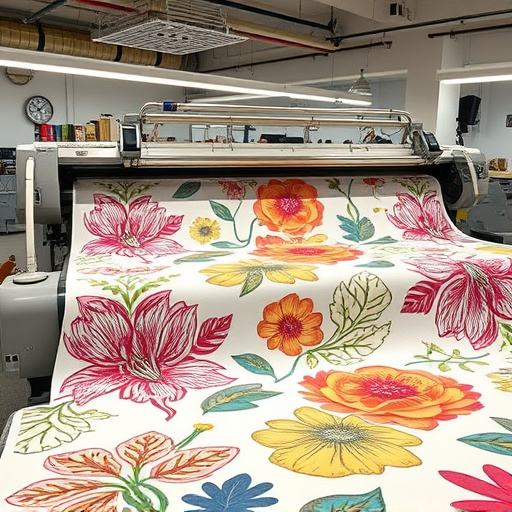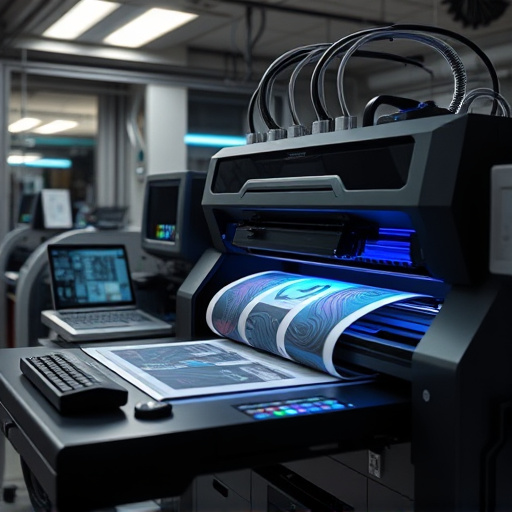DTF (Direct to Fabric) printing offers a cost-effective solution for custom design, eliminating expensive set-ups and enabling high-volume production of vibrant garments and accessories. It's ideal for businesses seeking competitive pricing on branded merchandise and complex designs, with best practices ensuring consistent quality through small-scale testing, fabric selection, precise heat press settings, and equipment maintenance.
In the realm of custom design, understanding cost-effective strategies is crucial. One such approach gaining traction is DTF (Direct to Final) printing, known for its efficiency and affordability. This article explores how DTF Cost Effective can transform your design process. We’ll delve into when this method excels, from printing small batches to rapid prototyping. Discover best practices to ensure optimal results, making DTF an attractive option for designers seeking both quality and cost savings.
- Understanding DTF Cost Effective for Custom Designs
- When Is It Suitable to Implement This Approach?
- Best Practices for Achieving Optimal Results
Understanding DTF Cost Effective for Custom Designs
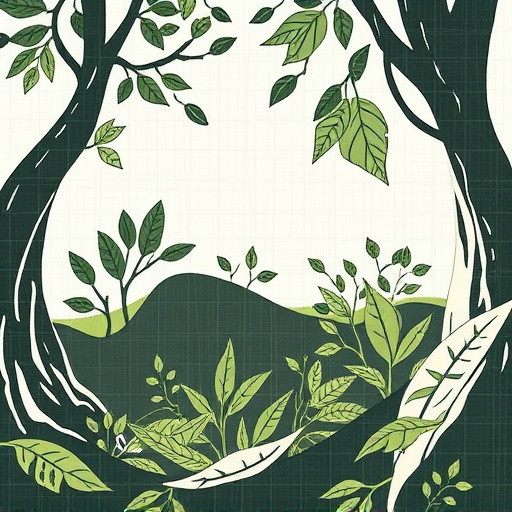
Understanding DTF Cost Effective for Custom Designs
DTF (Direct to Fabric) printing has emerged as a game-changer in the custom design industry, offering a cost-effective solution for creating unique and high-quality garments. This innovative technique eliminates the need for expensive set-up costs typically associated with traditional printing methods, making it an attractive option for businesses and individuals looking to create on-demand, personalized products. With DTF for t-shirts, you can effortlessly transform ideas into tangible designs, ensuring excellent print quality and a wide range of fabric choices.
The beauty of DTF Cost Effective lies in its versatility and efficiency. It’s not just limited to t-shirts; it can be applied to various fabrics, including hoodies, mugs, and even phone cases. The best DTF printer models are designed to handle different materials and inks seamlessly, allowing for precise and vibrant results. Furthermore, understanding the DTF meaning and its benefits empowers creators to make informed decisions, ensuring they get the most out of this cutting-edge printing technology.
When Is It Suitable to Implement This Approach?
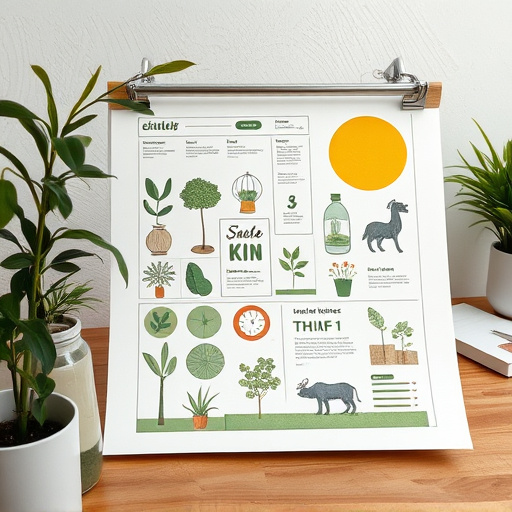
When considering a DTF (Direct to Fabric) cost-effective approach for custom design, it’s most suitable for projects with repetitive or high-volume orders. This method excels in streamlining production, making it ideal for businesses aiming to reduce per-unit costs on consistently designed items like branded merchandise or uniform clothing.
Additionally, DTF transfers are a great fit for custom t-shirts and apparel, offering a cost-efficient solution without compromising quality. It’s particularly beneficial when dealing with complex designs that might be resource-intensive using traditional methods, ensuring you can offer competitive pricing while maintaining intricate artwork on custom garments.
Best Practices for Achieving Optimal Results
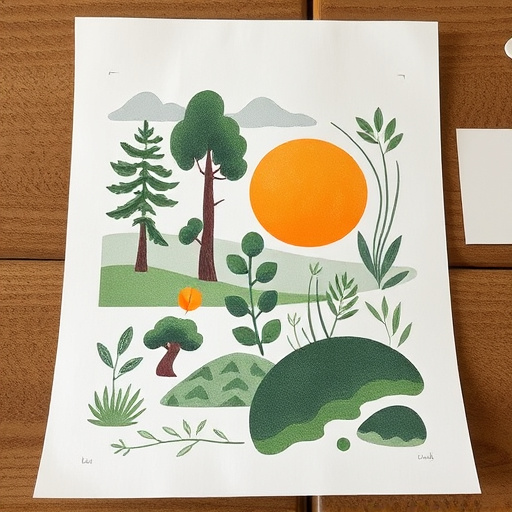
To achieve optimal results with DTF (Direct to Fabric) cost-effective printing, it’s crucial to follow best practices tailored for this unique technique. One key practice is pre-testing your designs on a small scale using various fabrics and print settings. Since DTF printing works differently on dark fabrics compared to light ones, choosing the right fabric type is essential. For instance, dtf printing for dark fabrics requires specific ink types that offer optimal contrast and adhesion.
Additionally, mastering the heat press process is vital. The temperature, pressure, and pressing time must be precisely adjusted based on your design and fabric combination. Custom DTF transfers demand a high level of precision to ensure the final product meets expectations. Regularly cleaning and maintaining your printing equipment is another best practice, as it ensures consistent quality across all projects.
In conclusion, understanding when to leverage DTF Cost Effective strategies in custom design is key to achieving both aesthetic excellence and budget efficiency. By recognizing the suitability of this approach based on project scope and constraints, designers can navigate the creative process with enhanced clarity. Adhering to best practices ensures optimal results, making DTF Cost Effective a valuable tool in the contemporary design arsenal for those seeking a balance between quality and cost.

